The Chevy Nomad Wagon is a classic emblem of 1950s American automotive design, capturing the spirit of an era defined by innovation and style. First introduced as a concept car, the Nomad quickly became a sought-after model for car enthusiasts and collectors alike. Explore the history of the Nomad Wagon, its release timeline, and the current collector values that continue to make it a prized possession.
History of the Chevy Nomad Wagon

The origins of the Nomad trace back to its debut as a concept car at the 1954 General Motors Motorama, an event dedicated to showcasing futuristic designs and technological advancements in the automotive industry. The concept vehicle was a bold blend of sports car aesthetics and utility, featuring the sleek lines of a Corvette with the practicality of a station wagon. This novel combination captured the public’s imagination, laying the groundwork for its transition into production.
The first production Chevrolet Nomad Wagon hit the market in 1955, becoming part of the Chevrolet Bel Air series. During its initial years, the Nomad was celebrated for its distinctive styling cues, such as the wraparound rear window and chrome detailing. The Nomad underwent several updates throughout its production run, with notable changes in 1956 and 1957, before the initial discontinuation in 1961. Each model year brought subtle design tweaks, yet the core appeal of the Nomad as an innovative and stylish vehicle remained constant.
Design and Features of the Original Nomad Wagon

The original Nomad Wagon was renowned for its iconic design elements, which drew heavily from sports car aesthetics. Its unique two-door station wagon body style was a departure from the traditional family cars of the time. This design approach was both a nod to the burgeoning car culture of the 1950s and a statement of Chevrolet’s forward-thinking design philosophy. The Nomad’s low roofline, flared fenders, and signature tailfins were some of the standout features that contributed to its enduring appeal.
From an engineering perspective, the Nomad boasted technical specifications that set it apart from other wagons of its era. Under the hood, the Nomad offered a range of engine options, including the powerful V8 engines that were synonymous with Chevrolet’s performance reputation. The car’s engineering was complemented by practical features such as a spacious cargo area, making it as functional as it was fashionable. The Nomad’s influence extended beyond its production years, inspiring future Chevrolet models and leaving a lasting legacy in automotive design.
The Nomad Wagon in Popular Culture and Media

Throughout the 1950s and 1960s, the Nomad became a symbol of American culture, frequently appearing in films, TV shows, and advertising. Its distinctive look made it a popular choice for Hollywood, where it was often featured as the quintessential American family car. The Nomad’s presence in popular media helped cement its status as a cultural icon of the era.
Car enthusiasts and collectors have long been captivated by the Nomad, leading to the formation of dedicated car clubs and communities. These groups celebrate the Nomad’s history and facilitate the sharing of knowledge and resources among owners and admirers. Today, restorations and modifications of the Nomad are popular pursuits, with enthusiasts striving to preserve the vehicle’s classic charm while adding personal touches. The thriving community of Nomad enthusiasts continues to honor the car’s legacy through events, shows, and online forums.
Current Collector Values of the Chevy Nomad Wagon

The collector value of a Chevy Nomad Wagon is influenced by several factors, including rarity, condition, and historical significance. With limited production numbers, especially in the later years, well-preserved Nomads are highly sought after in the classic car market. The condition of the vehicle, including authenticity and the quality of any restorations, plays a crucial role in determining its value.
Recent auction results underscore the Nomad’s enduring appeal, with notable sales fetching impressive prices. Collectors and appraisers frequently highlight the investment potential of the Nomad, citing its timeless design and cultural significance as key factors. For instance, a pristine 1955 Nomad recently sold for over $100,000, demonstrating the strong demand for this classic model. Insights from experts emphasize the importance of thorough research and careful consideration when investing in a Nomad.
Tips for Prospective Nomad Collectors

For those considering purchasing a Chevy Nomad, there are several key considerations to keep in mind. Authenticity is paramount; verifying the vehicle’s provenance and ensuring that it retains original parts can significantly impact its value. The quality of any restorations is equally important, as well-done work can enhance the car’s appeal and longevity.
Maintaining a classic Nomad requires attention to detail and a commitment to preservation. Regular maintenance, proper storage, and using high-quality replacement parts are essential for preserving the vehicle’s condition. Prospective collectors can benefit from joining dedicated car clubs and attending events, which provide valuable resources and networking opportunities. Publications such as automotive guides and magazines also offer insights and advice tailored to Nomad enthusiasts. With careful research and dedication, owning a Chevy Nomad can be a rewarding experience for classic car aficionados.
Like Fast Lane Only’s content? Be sure to follow us.
Here’s more from us:
*Created with AI assistance and editor review.

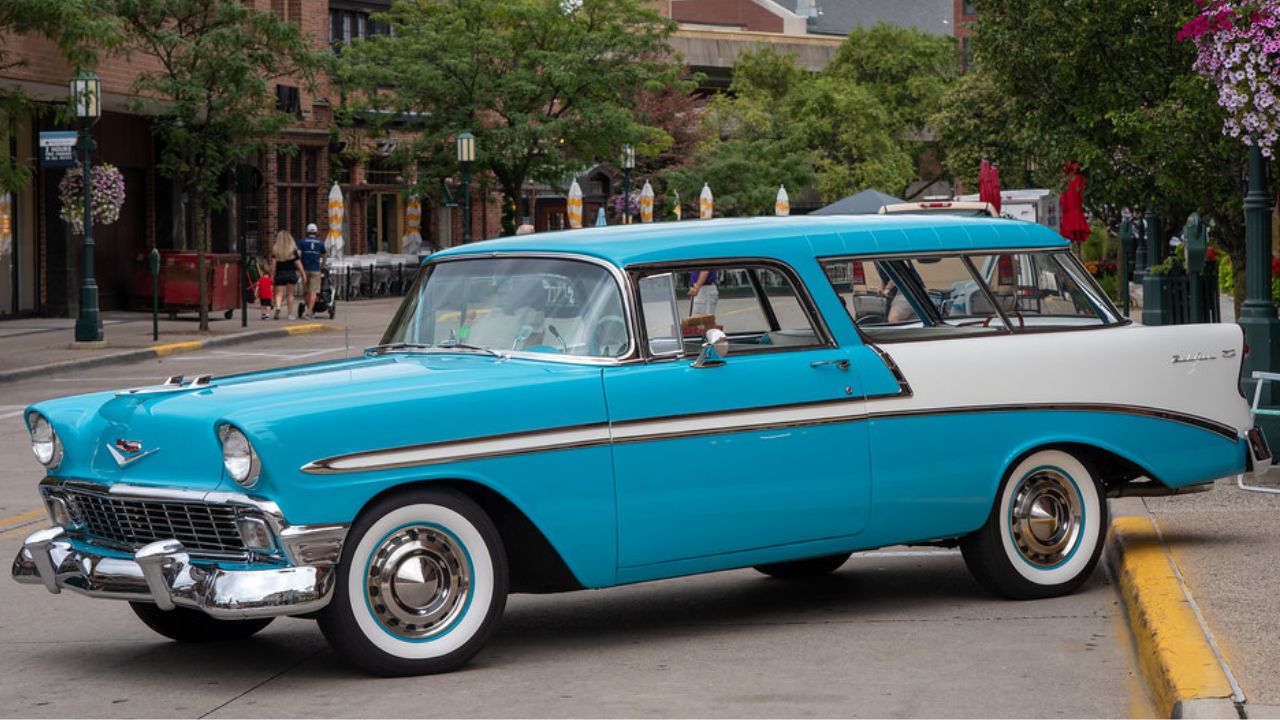
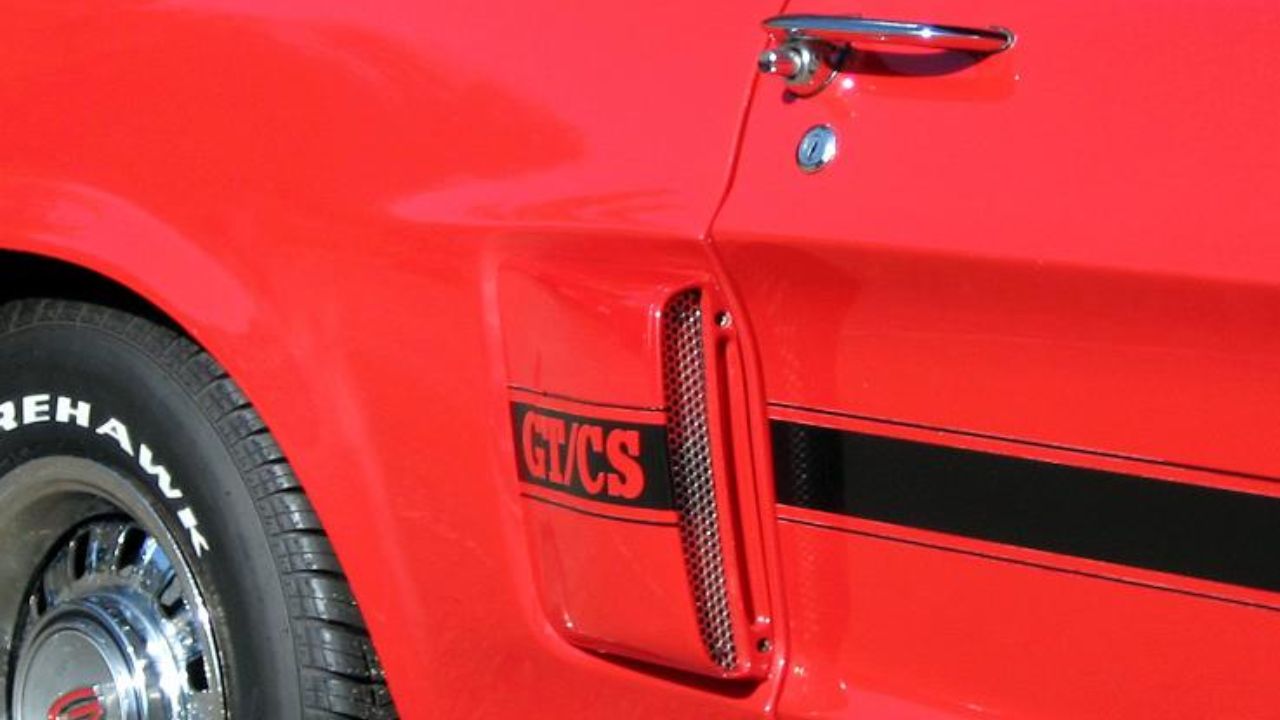
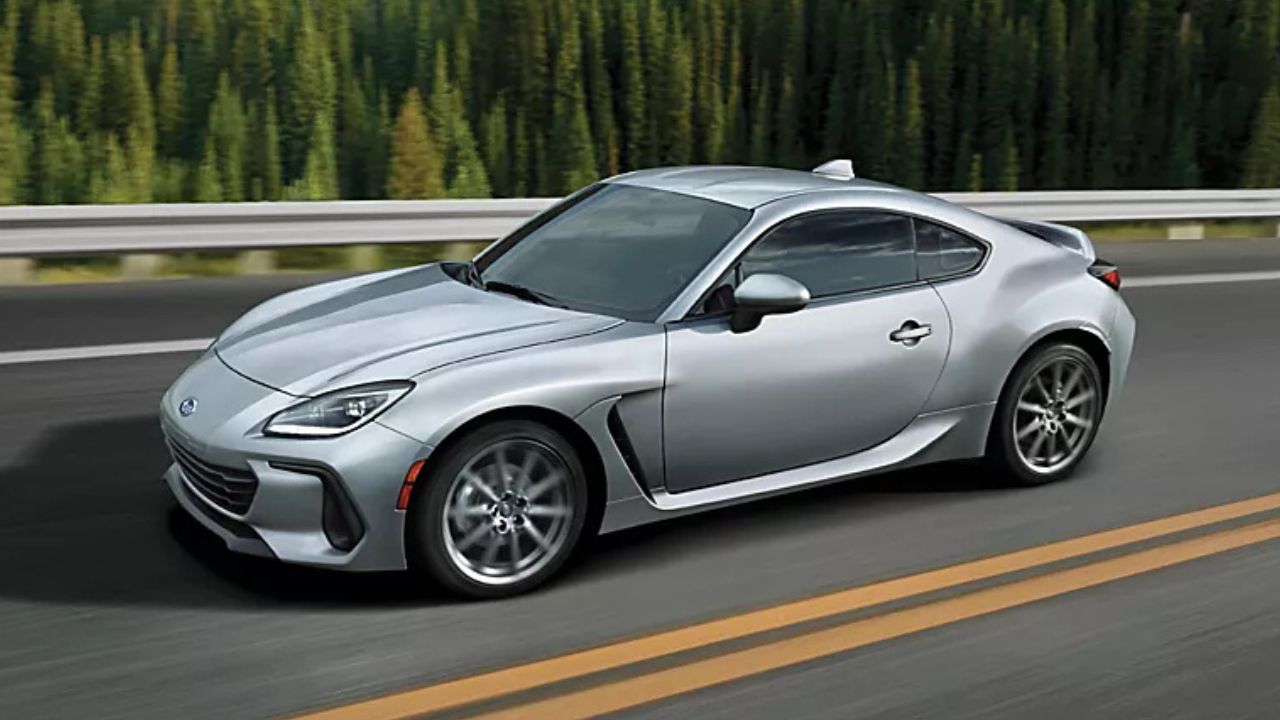

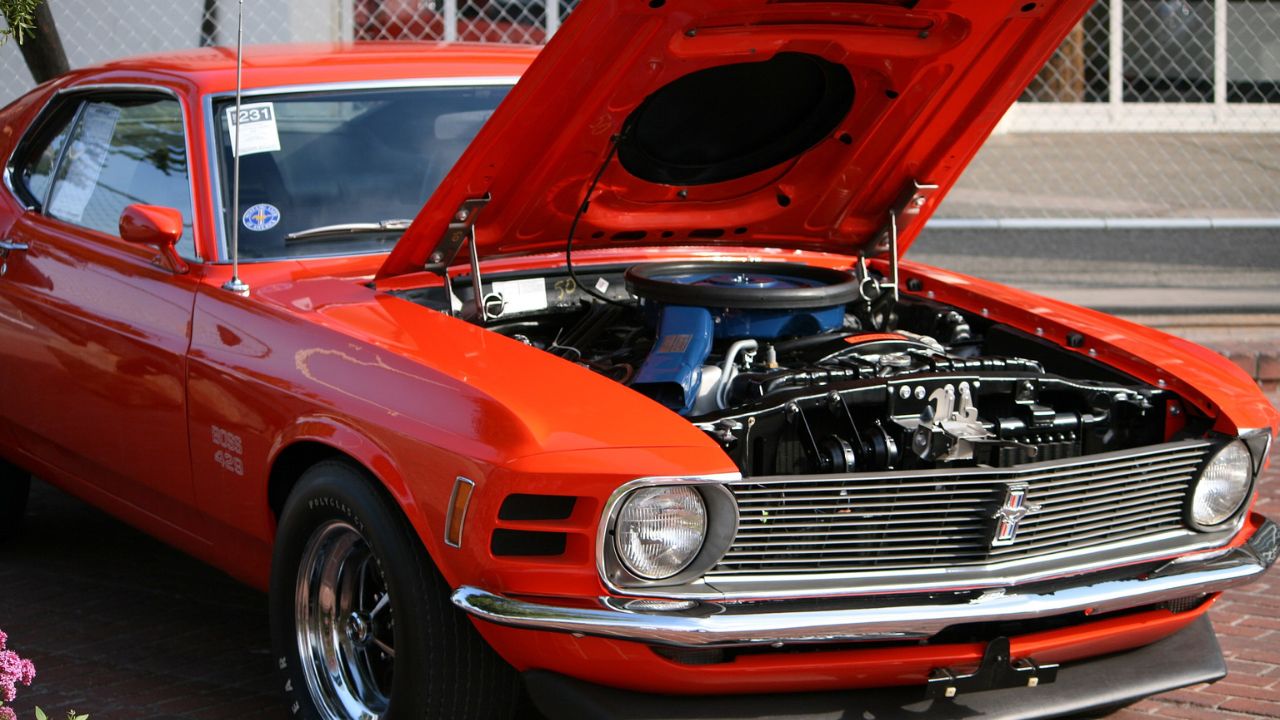
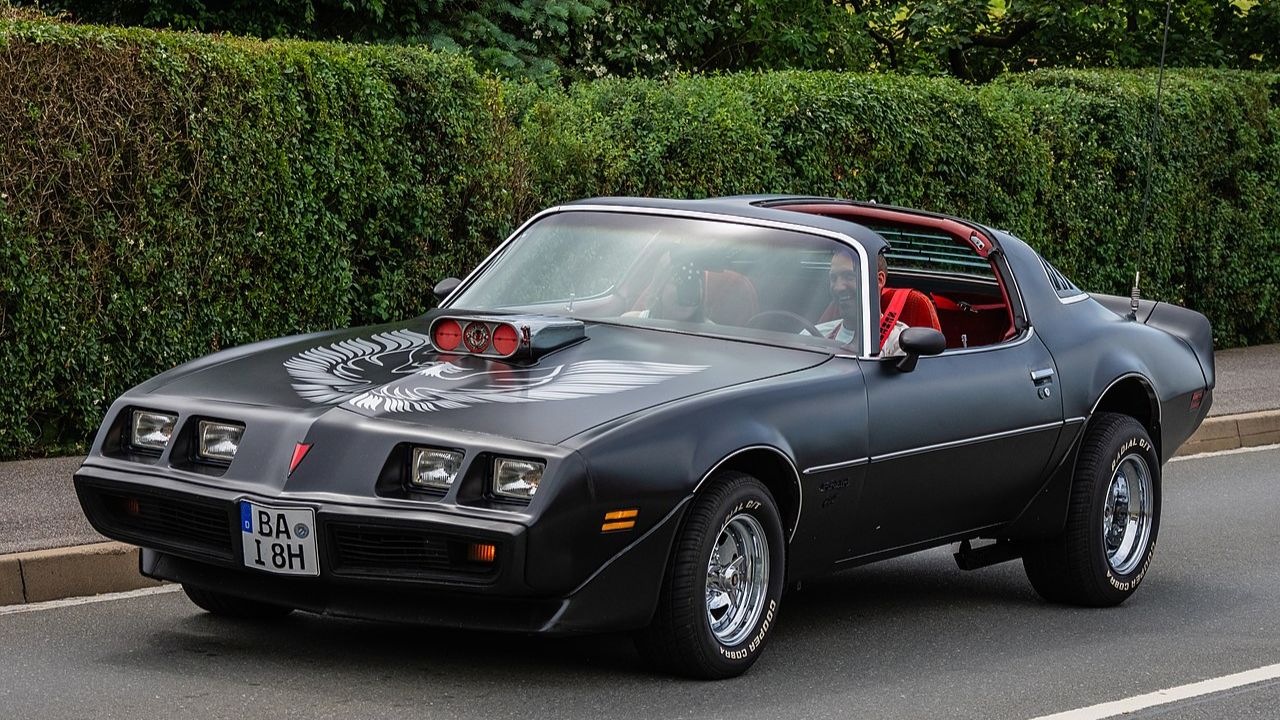
Leave a Reply